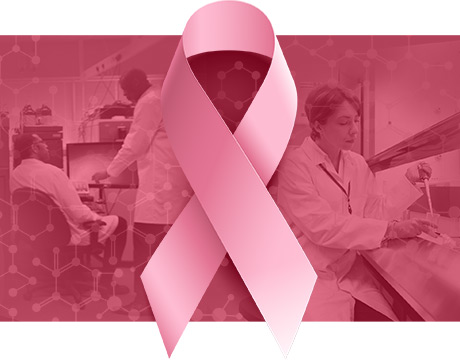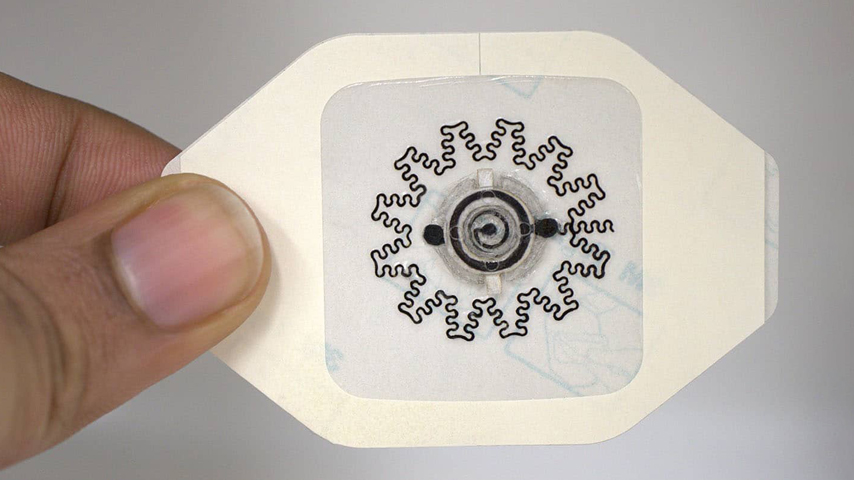Mechanical Engineers Help Stop Breast Cancer
Mechanical Engineers Help Stop Breast Cancer


It may sound strange that mechanical engineers are studying breast cancer. But two decades of research has shown that the cancer does exhibit mechanical properties. Mechanical engineers, working with experts in other fields, can help with treatments that might one day stop the progression of cancer.
Certain aspects of the cancer and its surroundings, such as the stiffness of breast tissue, help dictate whether the cancer will progress and spread outside the breast, says Ovijit Chaudhuri, a Stanford University assistant professor of mechanical engineering.
He is now looking at the way the cancer’s mechanical properties interact. By understanding those interactions, the researchers could one day develop treatments for women most at risk of cancer’s spread while allowing women with less invasive cancer to forgo some forms of treatment, Chaudhuri says.
His lab works with two Stanford groups that join researchers across disciplines to aid human health. Stanford ChEM-H brings together chemists, engineers, biologists, and clinicians to understand life at a chemical level and apply that knowledge to human health, while another group, Bio-X, crosses disciplines to create new knowledge of biological systems and healthcare solutions.
“A lot of our focus is on understanding the fundamental interactions between cells and the extracellular matrix underlying processes such as breast cancer progression,” Chaudhuri says.
Breast cancer researchers have long studied why some tumors stay put while cells break free from other tumors and spread to surrounding tissues. Should the tumors metastasize, which happens when cells spread beyond the breast into the body, the cancer is considered more aggressive and is classified as stage four, a potentially fatal diagnosis.
For You: Find Out More About the Mechanics of Biomedicine
Understandably, physicians want to treat patients before their tumors can reach that stage. But they don’t want to subject those with cancer that may never spread to debilitating rounds of radiation and chemotherapy. Unfortunately, today it’s hard to know upon diagnosis if the cancer could spread. So when the cancer is caught while still in the breast, most patients undergo the same types of treatment.
Researchers have found some signs in mutated genes or proteins on the cell’s surface that may give clues to potential spread. But those discoveries don’t tell the whole story, Chaudhuri says.
His team is looking at how breast tissue stiffness influences the tumor cells. The lab’s research area is mechanobiology, the study of how mechanical properties and forces, often at the molecular level, affect everything from what genes a cell turns on to the chemical processes underlying disease.
One group of researchers cultures mammary cells--the kind most likely to become cancerous--inside a hydrogel. They’ve designed the hydrogels to send signals that resemble those the mammary cells would receive when they’re actually within the tissue. The researchers then make the hydrogel stiffer, in order to see the effect that property has on how tumors within mammary cells form and grow.
A second group within the lab wants to determine how cancer cells escape the membrane that surrounds breast tissue. A typical cancer cell is hundreds of times larger than the membrane’s pores, so cells should have a difficult time moving beyond the breast. The researchers suspect the cells must actually push and pull on the membrane to break free from it, Chaudhuri says.
One theory put forth by many breast cancer researchers is that cancer cells use enzymes called proteases to essentially cut their way through the membrane. But drugs on the market that target proteases often don’t stop cancer’s spread, suggesting there’s more going on than just enzymes, Chaudhuri says.
Elsewhere, a group of European researchers have applied atomic force and optical-tweezers microscopy to measure the stiffness of breast cancer cells. They’re investigating whether softer cells have greater potential to leave the breast membrane. That research is a joint effort between several Eureopean universities and research centers, among them the University of Lincoln in the United Kingdom; the KTH Royal Institute of Technology in Stockholm, Sweden; and the Abdus Salam International Centre for Theoretical Physics in Trieste, Italy.
Back at Stanford, Chaudhuri hopes that within the next decade, his lab’s findings can be used to improve breast cancer treatments. Of course, like all researchers working in cancer research, he wants to keep breast cancer from starting in the first place.
“That’s pretty far off,” Chaudhuri says.
But by bringing together mechanical engineers with scientists from several other disciplines, his lab has a good start on the problem, he says.
Jean Thilmany is an independent writer.
A lot of our focus is on understanding the fundamental interactions between cells and the extracellular matrix underlying processes such as breast cancer progression. Prof. Ovijit Chaudhuri, Stanford University



